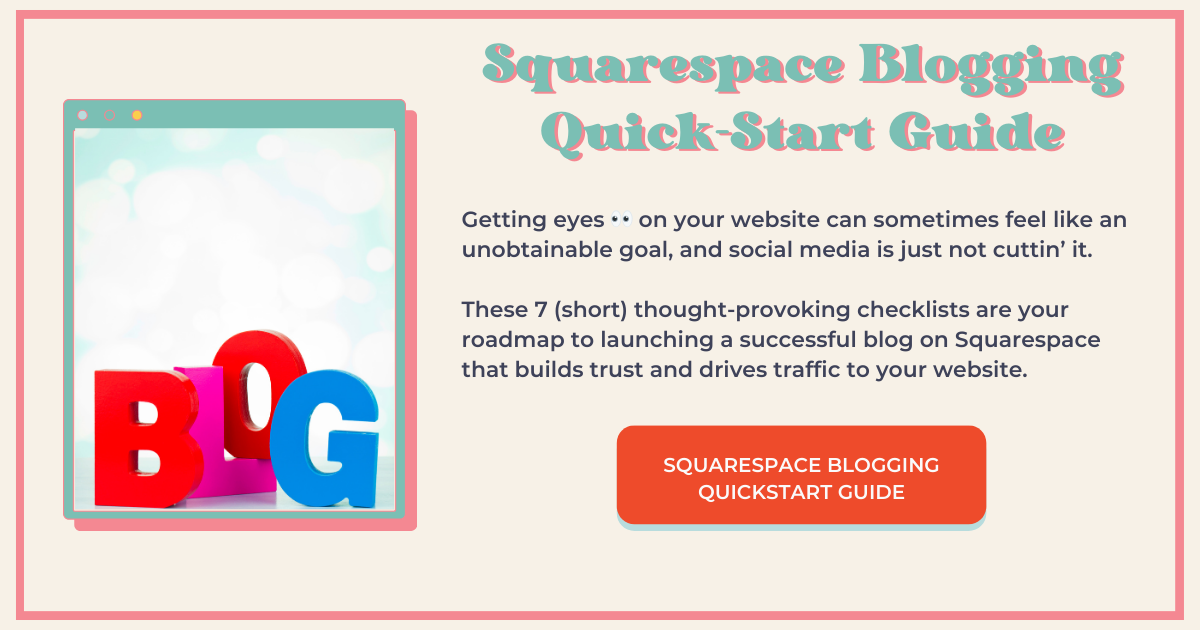How to Establish Authority on Your Website With Your Potential Customers
You’re a rock star! I know it..you know it…but do your potential customers know it?
Let’s say a potential customer did a Google search for your product or service, and eventually they ended up on your website.
Now what?
If you haven’t already, you may want to check out my post on the 7 Key Elements of an Effective Landing Page (or homepage). It outlines the important sections you should have on your website and what should be included in them.
In THIS post, I want to focus on key element #4: How are you qualified to solve your customer’s problem?
In other words, how can you use your website to establish yourself as an authority in what you do in a way that will convince customers that you don’t just talk the talk, but you walk the walk?
Collect Testimonials
Your customers want to know that someone came before them, so you want your testimonials to be really good!
Not all testimonials are created equal–you can really maximize the impact of the testimonials you use on your website by looking for specific attributes.
Look for testimonials that:
overcomes an objection people have about doing business with you.
Speak to a specific problem you helped a customer overcome.
Help clients pass the payment threshold by speaking to how much value they received.
Demonstrate your client’s personal transformation they experienced from working with you.
Ideally, you’ll also collect pictures for your testimonials for your website. When people are willing to publicly stand behind what they say, it is very impactful.
Include Logos
People are very visual, and we already know that when someone lands on your website, they are going to skim it. Their brain is going to filter out any information that isn’t relevant to helping them determine if you’re the one who can solve their problem.
By displaying logos on your website, you are eliminating the need for your visitors to do a lot of reading while still allowing them to collect the information they are looking for visually.
Logos can be used in a variety of different ways and speak to a variety of different authorities.
For example:
You can use logos to show people other businesses you collaborate with.
Display media logos for places you’ve been featured, like Podcasts, blog posts, magazine articles, TV, etc. (include links!)
For B2B businesses, exhibiting the logos of businesses you’ve helped can be really impactful, especially if they are well-known.
Include logos or badges representing any special certifications or credentials you’ve earned that demonstrate your authority to help your customer solve their problem.
Include Statistics
This is especially good for businesses that have been around a while.
Chances are you’re collecting data and tracking your success. Tell people about it!
Some ideas for statistics are:
How many years you’ve been in business
Number of clients you’ve served
How much money you’ve helped people save
How much money you’ve helped people make
Awards you’ve won
Number of hours you’ve saved your clients
These statistics are very specific to your type of business. What statistics can you use that will demonstrate your authority to solve your customer’s problem?
Establish Authority on Your Website
Your customers want to see that you’ve got some street cred. Collecting testimonials from past customers, using impactful logos, and outright telling them you’ve got some data to back up your claims, will get you far.
Omitting authoritative information about your abilities will be noticed by your visitors because, whether consciously or subconsciously, they are looking for some proof that you can solve their problem before they enter into a transactional relationship with you.
Was this helpful?
Are your wheels turning thinking of all the ways you can improve your credibility by demonstrating authority on your website? Which one speaks to you the most? Which of these are you already implementing? Tell me in the comments 👇
If you liked this post, you’ll LOVE these:
This page contains affiliate links
Like this post?










